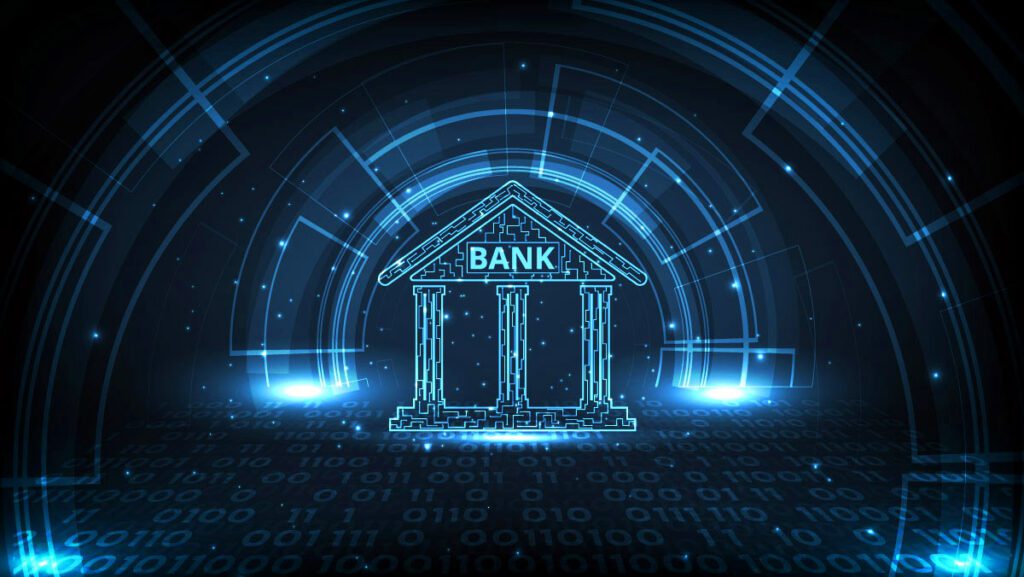
When comparing traditional and digital banking, we will find a remarkable number of advantages for digital banks. Their capabilities exceed those of ordinary banks with the mounting flexibility wave of financial technology’s (Fintech) emerging new technologies with the likes of cloud computing securing businesses globally. But what does digital banking really provide to both the consumers and establishments, alongside the financial sector? In this piece, we will be deconstructing digital-only banking models and the prominent role it is playing in reshaping the financial and banking sectors worldwide.
The Ascent of Digital-Only Banks
Au contraire to the traditional banking system – which must I emphasize, for a long time, lacked the right technology to deliver their customer base the digital touch they long craved to facilitate their payment and financing – Fintech is automating and enhancing the adoption and deliverance of financial services and products.
The digitalization of the financial sector has put banks face-to-face with the inevitability of the overtaking of the global digital transformation. Traditional retail banking is now forced to ride the wave of innovation, as the lords of tech marked their presence in the market, with Twitter’s former CEO’s digital-only bank, Square, taking the lead as the U.S.’ most popular digital bank.
This fateful incorporation of tech and banking gave birth to what is today known as internet banking, or net banking. A digital-only bank delivers users traditional banking services, only through digital platforms and devices such as their mobile, computers, and tablets, with the use of the internet, of course.
What puts online banking at the helm of innovation and gives it the upper hand on traditional banks is its unconditional accessibility. It provides basic services in the most abstract way, accompanied by the help of electronic documentation, real-time data, and automated processing.
Deconstructing Digital-Only Banking Models to Facilitate Financial Services
The notable decrease in physical banking branches is a clear demonstration of how people worldwide are favoring digital-only banks over traditional ones, as net banking finances a new frontier of customer support via in-app chat through any device, with new features and advantages.
As the most contemporary players in the banking cosmos, some of the net banking features include:
• Creating a new account is simply one tap away by uploading a photo of the user’s face and filling in the basic information.
• Accessing the account’s balance is accessible through the device by logging into the user’s account through the digital bank’s application.
• Photo bill payments.
• Requesting and changing the ATM’s PIN code via the application.
• Helping users better understand where their spending is directed with some sort of categorization of the user’s spending.
• Providing an appealing user interface and exclusively beneficial, practical, and built-in products that traditional banks do not have.
Redefining the Banking Experience
Digital-only banking models are reconceiving the traditional banking approach to shift into a more user-centric approach regarding distribution channels, products, and services with the adoption of technology.
The core of the banking sector’s digital transformation lies within the implementation of robotic process automation, chatbots or robo-advising, blockchain technology or blockchain bonds, Artificial Intelligence (AI) and machine learning (ML), customer relationship management (CRM), big data, and much more.
We see all around us, and it cannot be escaped. The inevitable reality that is digital banking alteration of the financial system has changed how we pay, invest, spend, lend, and even borrow money. Net banking is fortified by the fact that it delivers what traditional banks cannot, as it drives global financial sectors to become more intelligent, modernized, and accelerated.